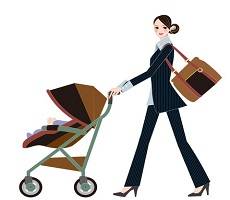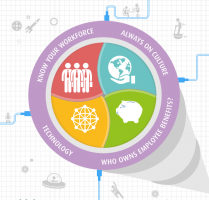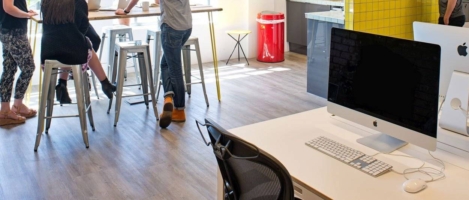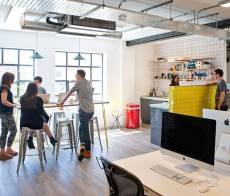October 6, 2015
Colleagues more positive towards older workers than employers 0
While the majority of UK professionals believe older workers make a valuable contribution to UK businesses, many struggle to find new employment, a report has found. The study from CV-Library found that 92.2 percent of workers believe older workers make a valuable contribution to UK businesses, 76.6 percent of staff believe that older workers bring years of experience and knowledge to an organisation that can’t be found in a younger worker and 92.7 percent of workers believe the mature staff should still be able to excel in the workplace. Yet although they received an overwhelming sense of respect from the UK workforce, it seems that the same regard for older workers is not echoed by employers. When asked to explain key issues on age in relation to work, seeking new employment was the most common concern, with almost half (46 percent) of 55-64 year olds considering age to be a hindrance.












 The number of firms planning to expand in London is at its highest level (50 percent) since 2012, though retaining employees and improving the capital’s infrastructure remain key concerns. According to the re-launched
The number of firms planning to expand in London is at its highest level (50 percent) since 2012, though retaining employees and improving the capital’s infrastructure remain key concerns. According to the re-launched 


























September 18, 2015
Majority of workers go into the workplace when they should be off sick 0
by Sara Bean • Comment, News, Wellbeing, Workplace
Debates around presenteeism tend to revolve around staff checking their emails while on holiday, but another potentially more destructive behaviour is that of the worker who reckons they’re so indispensable they insist on coming into the workplace when they’re ill. In a recent survey, 89 percent of workers said they had gone into work when they were not well, which is why it is hardly surprising that almost three quarters (71 percent) of employees have reported catching an illness from a sick colleague. According to the research by Canada Life, almost a third (32 percent) said their workload was too great for them to take time off for illness, and 80 percent would not take time off for stress-related illnesses. Employees were also worried about being perceived as lazy (13 percent), inconsiderate (10 percent) and weak (10 percent) if they took time off for a short-term illness.
More →